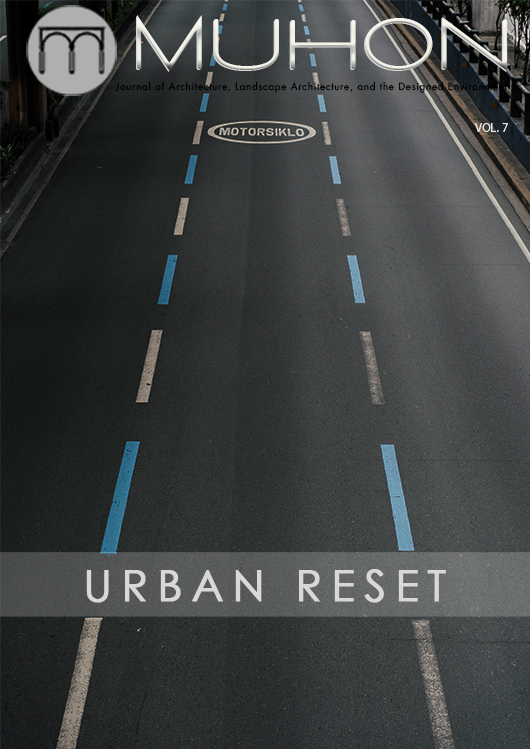Landscape Image H.A.C.K.: Human Activity Captured Kernels
Abstract
In this twenty-first century, social media has introduced digital disruption as online methods created to consume services. Responsible for this are the people who do not subscribe to traditional ways of procuring services; they opt to use the internet instead, such as having an online photo album in Facebook. Through these online activities, big data is created – information that are accessible for designers of the landscape. Using the internet for design purposes has been a regular part of the landscape design process – mood boards created to provide visualization for the client in design conceptualization. This research explores the use of big data as a source of information with the Instagram platform. Since Instagram is the most popular image-sharing platform online, designers can also take advantage of the volume of its content. What makes Instagram unique is that its images come from accounts of the online community. Information from every active account leads to a glimpse to what they hold valuable through the act of posting an image they took. There has been a method developed in a Master in Tropical Landscape Architecture (MTLA) at the University of the Philippines Diliman to evaluate landscape representation from Instagram landscape images (Bimbao, 2017). To further the research on this online resource, this paper considers scrutiny of the human representations included within the studied landscape representations. The connections of human and landscape representation in a landscape image inform and remind the landscape designer to appreciate the landscape use of the online community. Through the methodology, the following were revealed; a more passive landscape usage, importance of water elements, and the need to develop a specific human activity recognition method for landscape analysis.
Keywords: Instagram content analysis, Human Activity Recognition, Landscape Value, Landscape Image
The copyright for the published work belongs to UPCA and its selected publisher. The contributor is free to publish a modified version of the same article in other publications.
The contributor guarantees that :
- the article does not infringe on the copyright or any proprietary right of any other person
- the article contains no libelous or other unlawful matter
- the article makes no improper invasion of the privacy of any other person.





